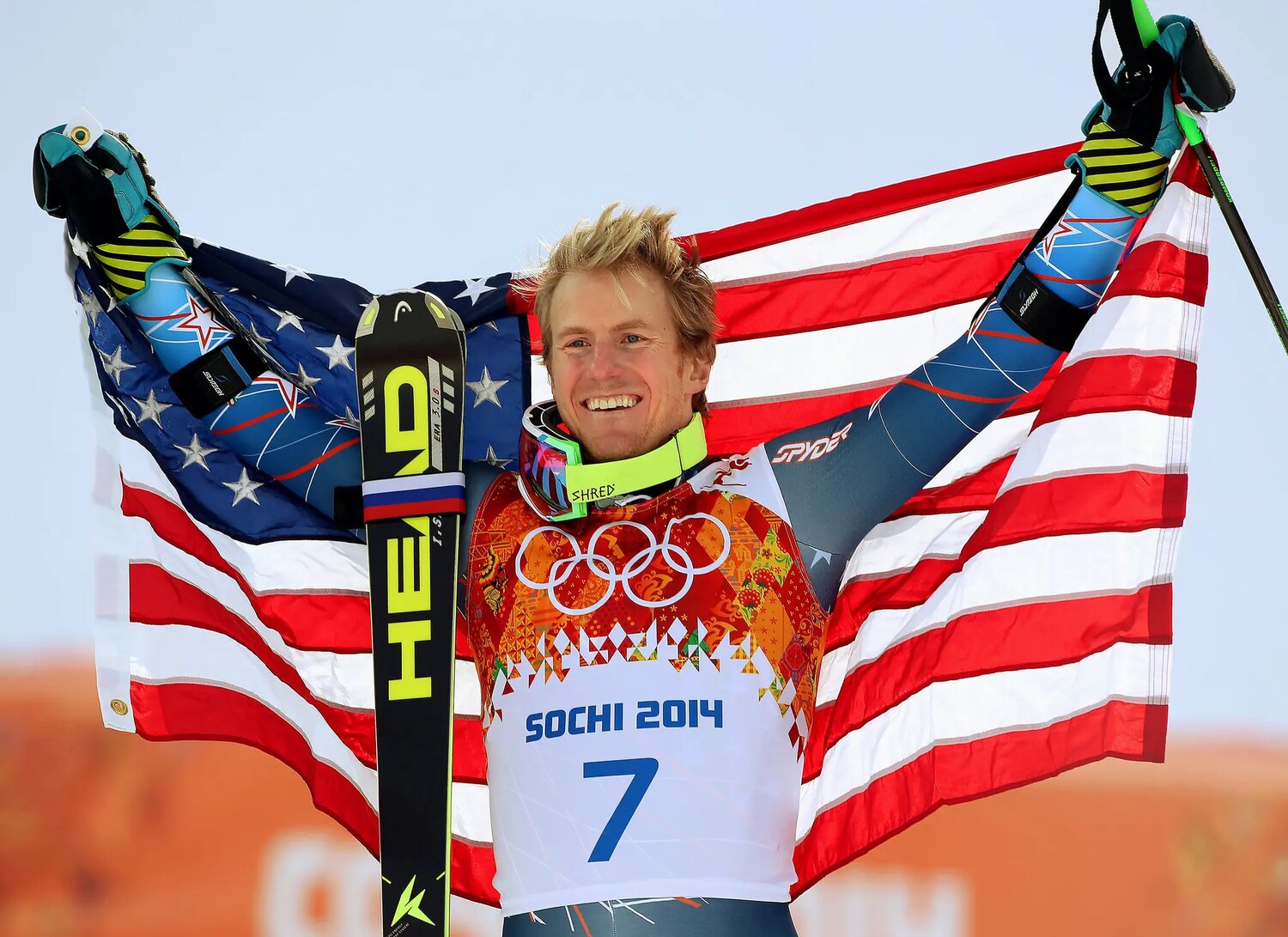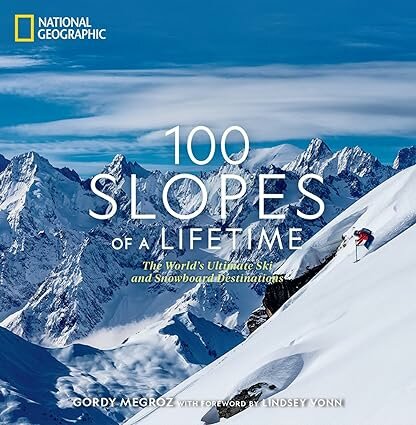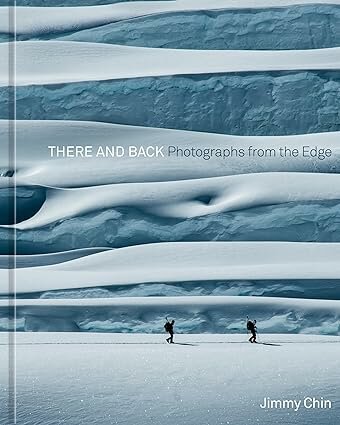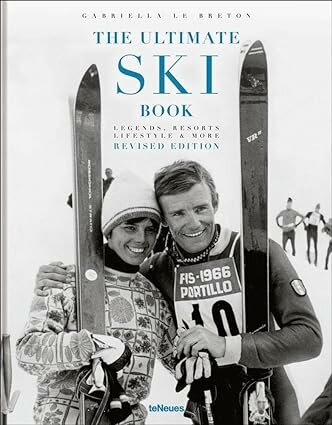Ted Ligety, Master of the Giant Slalom
Combining unmatched speed with technique on the slopes
“Growing up in Park City, Utah, there wasn’t much to do other than ski if you were a sporting kid,” says Ted Ligety in conversation with Sports History Weekly.
As a youngster, he didn’t take a liking for the downhill pursuit and would lose races to friends by wide margins. In the tight-knit elite ski circles, his name rarely came up in conversation.
But as fate had it, Ligety went on to become one of the world’s leading ski racers, winning 2 Olympic and 5 World Championship gold medals, in addition to 52 podium finishes at the World Cup.
Ligety retired in February of 2021 after 18 years of competition, carrying with him the legacy of a free-spirited innovator in the sport, as much as a champion many times over.
These days, he lives in the same mountain town where he spent his youth, keeping busy with family and the ski accessories company he launched back in 2006, Shred Optics.
BUY- '100 Slopes of a Lifetime' (Bestseller in Skiing Travel Guides)
As a late teen-age bloomer, his first sports hero was NBA point guard John Stockton of the Utah Jazz. On skis, he dreamt of replicating Tommy Moe’s gold and silver performances in the Downhill and Super-G events at the 1994 Winter Olympics.
Ligety was 17 when he started showing promise on the slopes and even then, he was only 4th or 5th best on the developmental squad. Still, he had a big year at 18 and then made the U.S. Ski Team at 19.
“From 17 to 19, it was like a hockey stick,” he describes his sudden burst of alpine racing talent.
Beyond the coaching and training, it was the endless time that Ligety spent with friends on the white powder that honed his skills as the world’s leading Giant Slalom racer.
“GS replicates free skiing turns and I spent a ton of time as a kid free skiing.”
His unique cutting techniques on the snow gave him an edge that helped him capture those precious milli-seconds that make the difference between winning and losing.
With each turn between the poles, or gates, that line the GS course, Ligety would thrust his skis at 80-degree angles, more than the 70 degrees of his peers, thereby initiating the next turn before finishing the last.
Bending low at the hips, he would forge smooth and serpentine paths, appearing as if he was sitting on the snow.
“Ski racing is the hardest mental sport out there in the sense that it’s a small window of time to perform, and the consequences of an error can be as dire as ending your career.”
Hours at the gym every day, lifting weights, riding a bike, and building core and lower body strength was part of the workout regimen.
Powerful thighs and sturdy knees, along with unflinching concentration, are key in the GS event, which is slower and shorter than the Downhill but faster and longer than the Slalom.
BUY- 'Powder: The Greatest Ski Runs on the Planet' (Bestseller in Cross Country Skiing)
In the GS, athletes thunder down a mountain course that drops some 1,480 ft (450m), maneuvering around dozens of gates before reaching 100 mph in the final straightaway. The entire run lasts less than 1½ minutes.
Analogous to Formula One racing, the body absorbs a gravitational pull that can reach 6-G, or 6 times the body weight. For Ligety, it was 1,200 lbs. on his 200 lb. frame.
Alpine skiing has been contested at the Winter Olympics since 1936, but the GS wasn’t introduced until the 1950 World Championships and the 1952 Winter Games in Oslo, Norway.
Europeans have traditionally led the men’s competitions and only 2 Americans have won Olympic gold in the Downhill- Bill Johnson (1984, Sarajevo) and Tommy Moe (1994, Lillehammer).
In the Slalom, it was just Phil Mahre (1984, Sarajevo) and in the GS it remains Ligety (2014, Sochi).
Unlike other sports where mistakes can be adjusted, or passed over during live matches, ski racing leaves minimal margin for error.
“You can’t work your way into a race. It happens only in a minute and half and you have to be at the top of your game from the starting gate.”
Ligety made his debut at the 2004 World Cup and a year later, had 4 top-15 finishes in the Slalom, placing 24th overall in the discipline.
His big moment came at the 2006 Winter Olympics in Turin where he clinched gold in the Combined event, scoring 3:09:35 [Downhill (1:41:42) + Slalom1 (44:09) + Slalom2 (43:84)].
He beat out the favorites of Croatia’s Ivica Kostelic (silver), Austria’s Rainer Schonfelder (bronze), and fellow American Bode Miller who led in the Downhill but was then disqualified in the first Slalom for straddling a gate.
SIGN UP FOR OUR FREE WEEKLY NEWSLETTER, OR JUST $30/YR WITH ARCHIVES, APP & AUDIO
At age 21, Ligety became the first American to win the top Olympic prize since his hero, Tommy Moe, took gold in 1994.
Turin remains his most cherished memory as an alpine racer. “I achieved my childhood dream and it launched my career.”
Four years later at Whistler, British Columbia, Ligety missed the podium and ended in 5th place in the Combined and in 9th place in the GS.
But the second Olympic accolade came in the GS at the 2014 Games in Sochi where the Utah native became the first ever American male ski racer to win 2 gold medals.
His prowess in blending speed with technique gave him enough of a wide lead in the 1st of the 2 runs to secure victory, coming in at 2:45:29 [GS1 (1:21:08) + GS2 (1:24:21].
BUY- 'There And Back: Photographs From the Edge' (Bestseller in Photography Collections)
Between the Olympic cycles, Ligety scorched tournaments at the annual World Cup and the bi-annual World Championships, accumulating a gallery of metals from around the world.
Among his contemporary rivals, he counted Austria’s Marcel Hirscher as one of his fiercest competitors in the GS.
“He and I battled on the Giant Slalom for a good 4 or 5 years challenging each other…he pushed me to reach another level.”
Since international ski meets are primarily held in Europe, it’s not an easy life for American athletes who spend much of their time away from home.
Referring to the World Cup season, he notes, “Europeans would go home on Sunday after the race, but we traveled out of our duffel bags from October to March.”
And then there were the North American summers when Ligety and his teammates headed to the southern hemisphere where they trained in New Zealand and Chile.
One year, he recalls, he spent only 15 days at home, living from car to car and in mixed caliber hotels. “The ski racing life is far less glamorous than golf and tennis where top athletes fly in private jets and stay in luxury hotels.”
The U.S. Ski Team pays for the training and travel expenses, but the sportsmen and women are on their own for income.
BUY- 'The Ultimate Ski Book: Legends, Resorts, Lifestyle & More'
Prize money was there, but it was secondary to corporate sponsorships, which in Ligety’s case came from companies such as Putnam Investments, GoPro, and Head.
After winning his first gold in Turin, Ligety was confident enough to start his own company with an Italian engineer friend whom he met at one of the races.
The inspiration came from what he thought were ‘dorky’ and poorly designed equipment.
“I needed to create a company to fulfill my needs on the performance side, but which the products were also cool and fun.”
Shred Optics makes helmets, goggles, sunglasses, and protective gear for skiers, snowboarders, and mountain bikers.
Cognizant of the impact that climate change is having on winter sports, his company also donates 1% of its revenues to environmental causes.
“The number of races that have been canceled the last few years have been unprecedented...we have to operate on snow, it’s the only way we can do our sport.”
SIGN UP FOR OUR FREE WEEKLY NEWSLETTER, OR JUST $30/YR WITH ARCHIVES, APP & AUDIO














